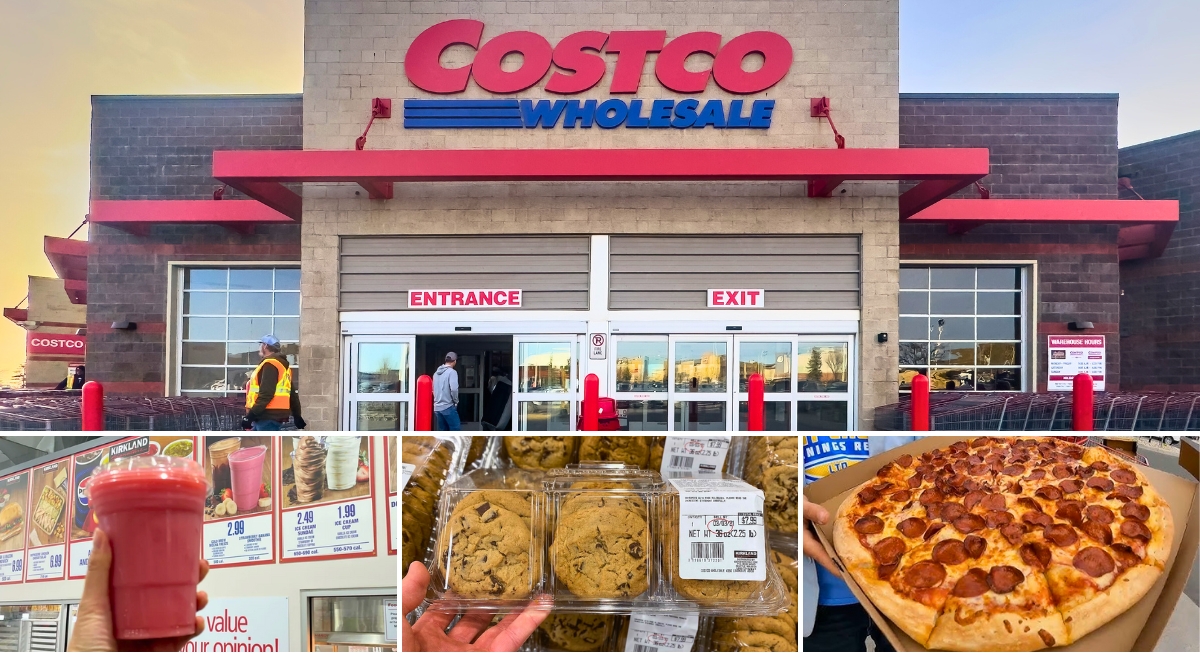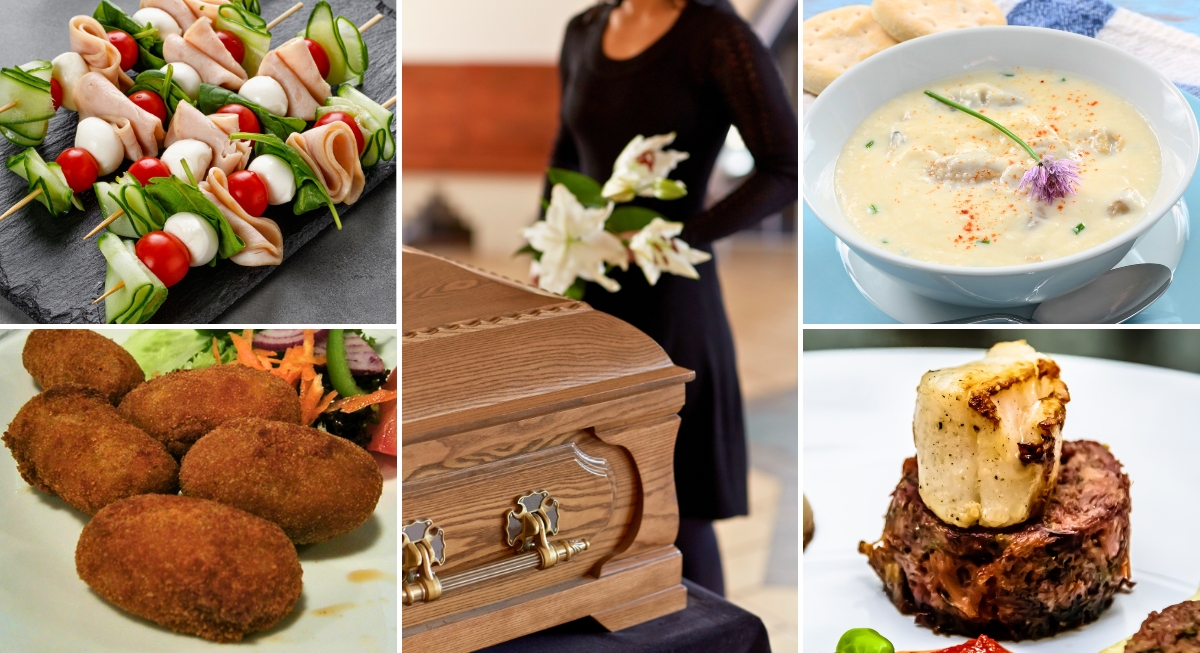Crack open an old cookbook, and you'll find dishes that are hearty, homey, and mostly forgotten. These were the weeknight champions, and Sunday staples your grandparents knew by heart long before takeout apps and microwave meals ruled the kitchen. You're in for a flavorful stroll down memory lane.
Liver and Onions
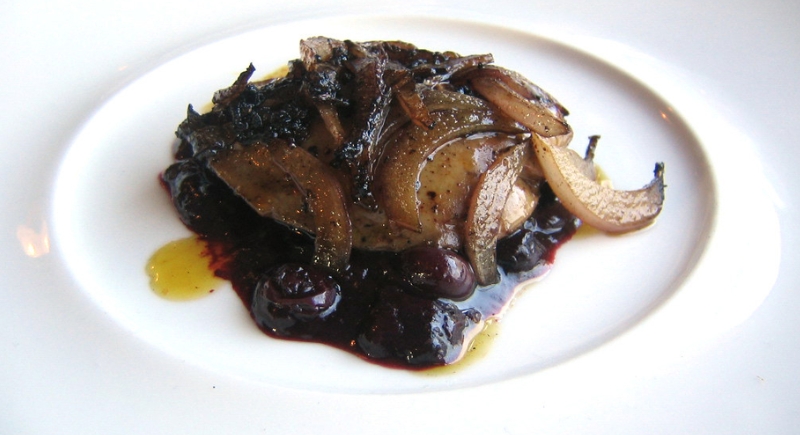
Credit: flickr
This was the kind of meal that separated the kids from the grown-ups. Liver was cheap and pretty unavoidable if you grew up in a budget-conscious home. It was fried until browned and topped with a pile of soft, sweet onions to make for an iron-loaded dinner that didn’t need much else. Your grandparents didn’t flinch or complain.
Boiled Dinner (Cabbage, Potatoes, and Salt Pork)
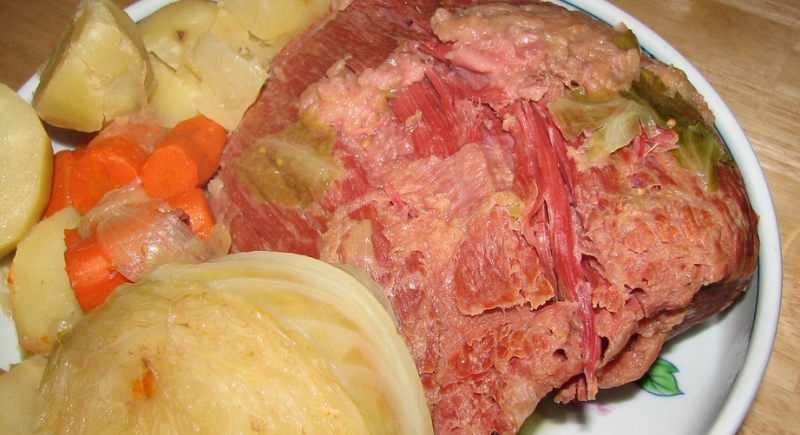
Credit: flickr
Nothing fancy here, and that was the whole point. A pot of boiling cabbage, potatoes, and salt pork could feed a crowd for pennies, and the smell would hang in the house for days. It came from hard times when families had to make simple ingredients go far.
Creamed Chipped Beef on Toast
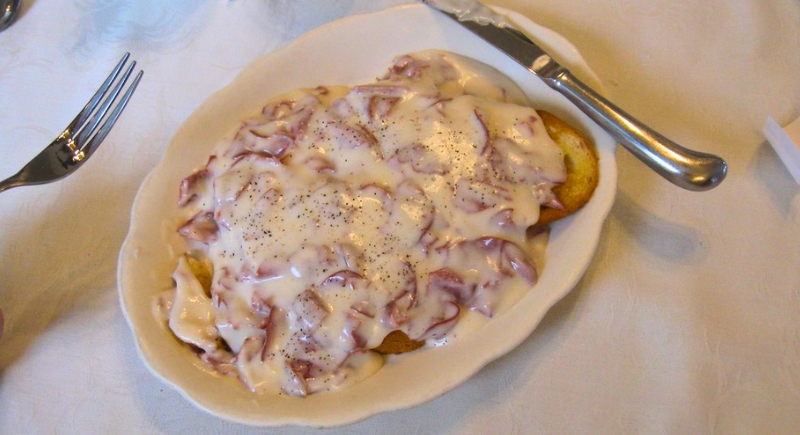
Credit: flickr
This dish was everywhere in the '40s. It was made with dried beef in white gravy over toast. It started as a military ration and stuck around for decades. Easy to stretch and serve, it fed prominent families without fuss. If it appeared at the table, money was tight—but no one went hungry.
Ham Loaf
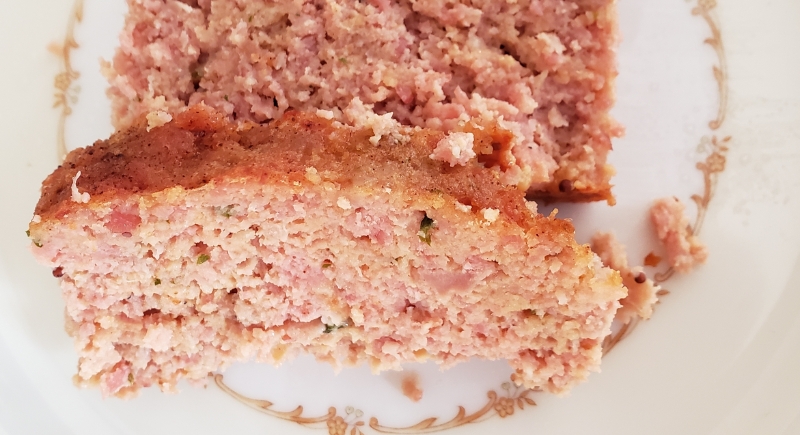
Credit: Wikimedia Commons
Ham loaf was like meatloaf’s pastel cousin—made from ground ham, pork, and a touch of brown sugar to balance the salt. It was popular across Pennsylvania Dutch kitchens and potluck tables in the Midwest. The dish was served with pineapple rings or mashed potatoes and leaned sweet and savory without being shy about it.
Tuna Noodle Casserole
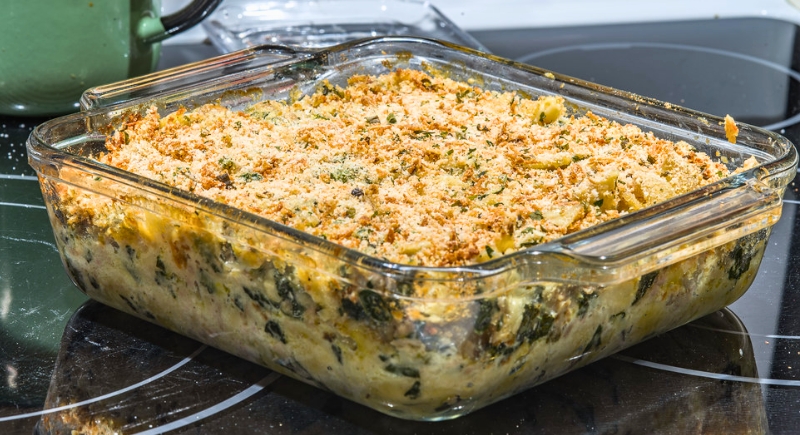
Credit: flickr
No childhood in the '50s was complete without this creamy, crunchy-topped classic. Canned tuna and cream of mushroom soup were combined and topped with a crown of crushed potato chips or breadcrumbs. While it once defined American weeknights, younger generations tend to steer clear of fish-from-a-can recipes.
Porcupine Meatballs
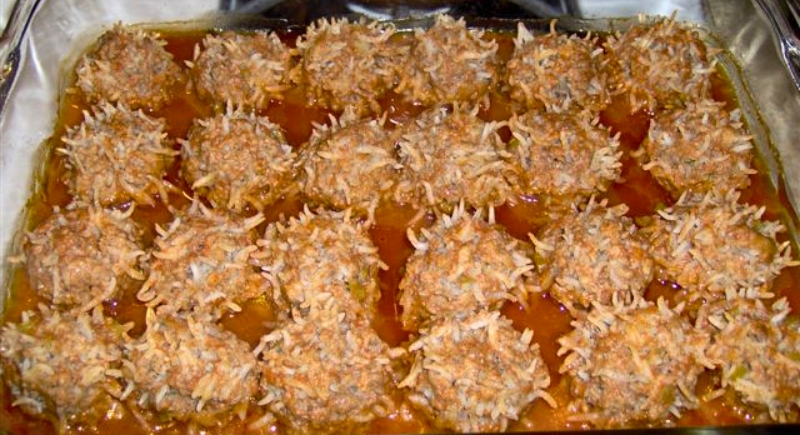
Credit: flickr
These got their name from the rice that poked out during cooking—like tiny spikes on a meatball. They weren’t spicy or exotic, but they were fun to make and easy to stretch. The meatballs were simmered in tomato sauce and served with a side of white bread.
Mock Chicken Legs

Credit: Youtube
No chickens were harmed in the making of this dish. It was a mixture of ground pork and veal shaped around sticks, breaded, and fried to look like drumsticks—because real chicken wasn’t always in the budget. You’d see them in school lunches or butcher counters, especially during the Depression.
Deviled Ham Sandwiches
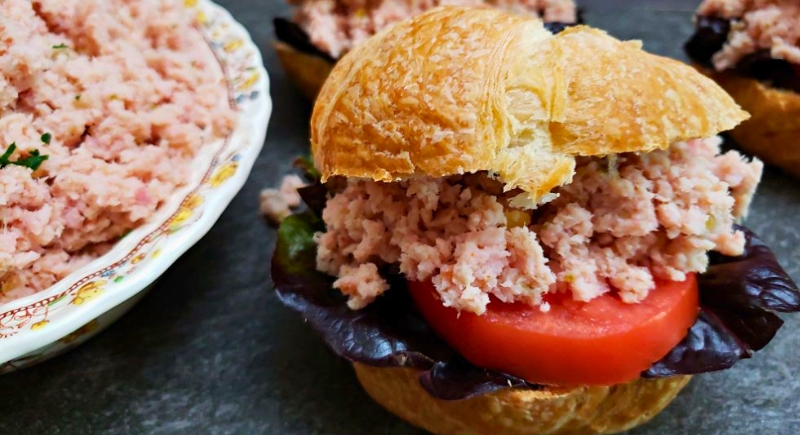
Credit: Facebook
If you spot a can of Underwood Deviled Ham in the back of the pantry, chances are someone's grandparents left it there. They were made of spiced, minced ham in a paste form and took on a spreadable, shelf-stable, and strangely addictive form. It used to be made as a fast lunch or no-cook dinner and served on white bread with pickles.
Jell-O Salad with Ham Cubes
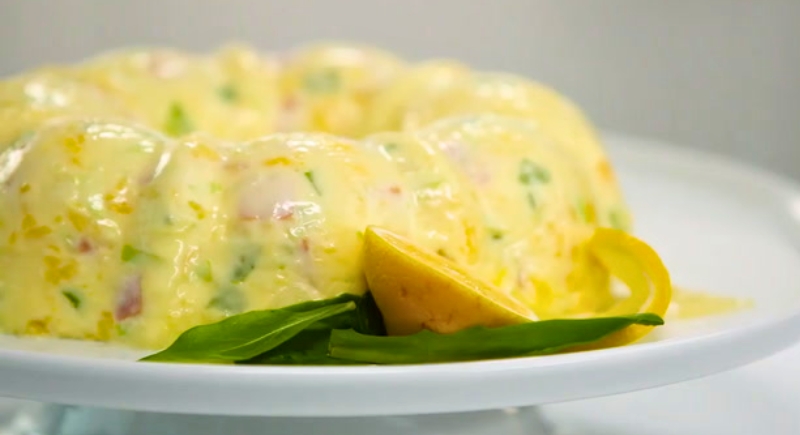
Credit: Allrecipes
Yes, it was real, and your grandparents probably ate it proudly. Ham cubes suspended in citrus or lime Jell-O were once considered creative hosting. They peaked in the 1950s, often paired with mayo or cottage cheese—because that was considered classy. It sounds like a prank today, but gelatin molds were the Pinterest boards of the past.
Salmon Patties
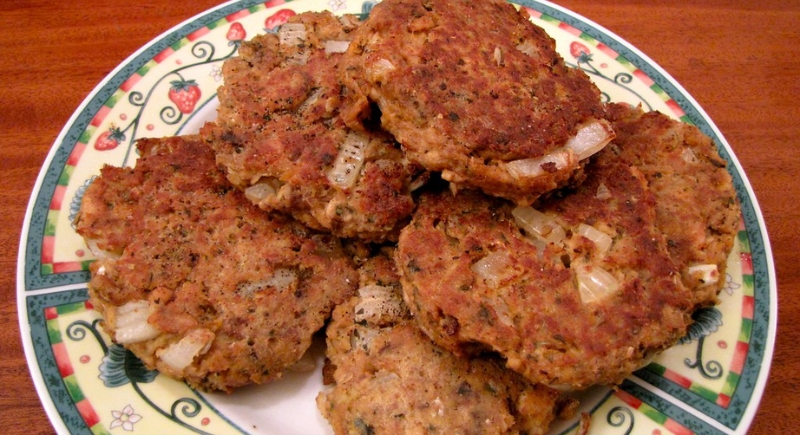
Credit: flickr
Canned salmon, crushed crackers, eggs, and seasoning–that’s everything that defined these golden-brown fritters. They were pan-fried and usually served with creamed peas or a dollop of tartar sauce.
Spaghetti Pie
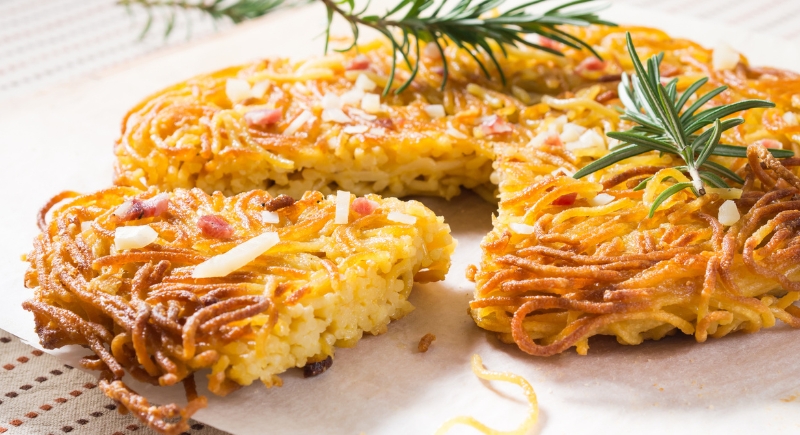
Credit: iStockphoto
Spaghetti was tossed with eggs and cheese, pressed into a pie pan, filled with meat sauce, topped with extra cheese, and baked until golden. It was equal parts casserole, pizza, and lasagna, and it showed up at plenty of PTA meetings and potlucks.
Stuffed Bell Peppers

Credit: flickr
This was bright green peppers filled with seasoned ground beef, rice, and tomato sauce—then baked until everything was tender. They were easy to prep ahead and often cooked in big batches. Some added cheese, others swore by Worcestershire. You’d find the recipe scribbled on an index card tucked inside church cookbooks across the country.
Meatloaf with Hard-Boiled Eggs Inside
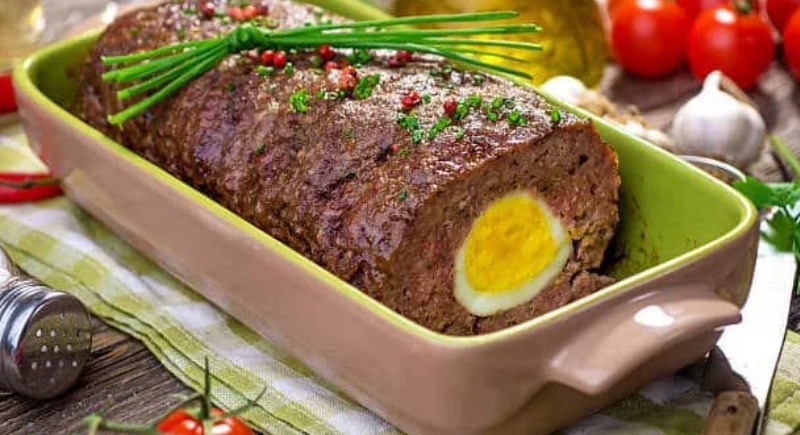
Credit: Reddit
Stuffing hard-boiled eggs into the center of a meatloaf was considered extra fancy. People throughout the 1940s and 1950s created dramatic slices with a surprise yolk in every piece. Home cooks use it to add protein and visual flair without extra effort. Some versions even wrapped the loaf in bacon.
Shrimp and Peas in Cream Sauce

Credit: Instagram
This dish rode the same creamy wave as tuna casserole and chipped beef. Shrimp—usually frozen or canned—was simmered with green peas in a milk-based sauce, thickened with flour and butter, and poured over toast or rice.
Potato Soup with Hot Dog Slices
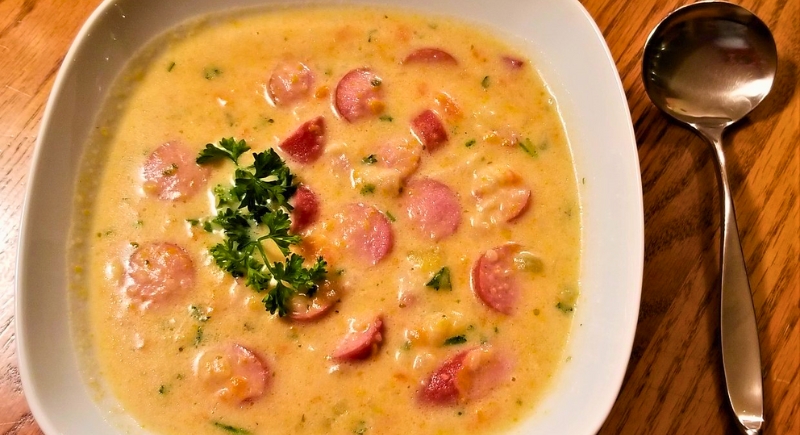
Credit: Facebook
Potato soup was a cold-weather classic—but when meat was scarce or expensive, families added sliced hot dogs for a protein boost. It wasn't unusual to see this served alongside saltines and buttered bread in small towns. Kids didn't mind because hot dogs made everything better.
Turkey Tetrazzini
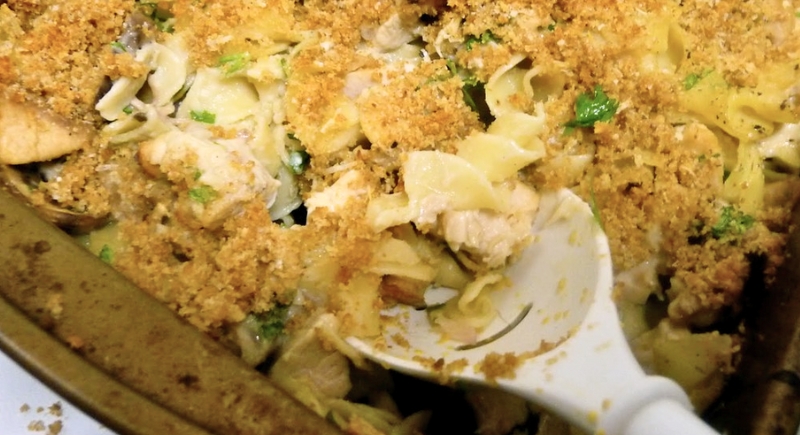
Credit: flickr
Leftover turkey was destined for tetrazzini. This dish was basically a creamy, mushroom-filled pasta casserole that turned holiday leftovers into something you didn’t dread eating the next day. It was named after opera star Luisa Tetrazzini, and while that sounds fancy, this dish was anything but.
Swiss Steak
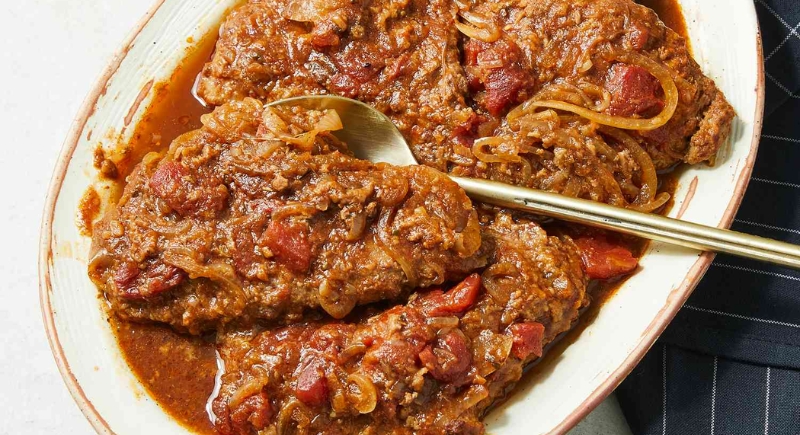
Credit: Allrecipes
Despite the name, Swiss steak has nothing to do with Switzerland. The "Swiss" part refers to the tenderizing technique—pounding or rolling the beef before braising it in tomato gravy. Once cooked, it was so tender you could eat it with a spoon. This dish was a staple in slow cookers and Sunday dinners all over the Midwest.
Oxtail Soup
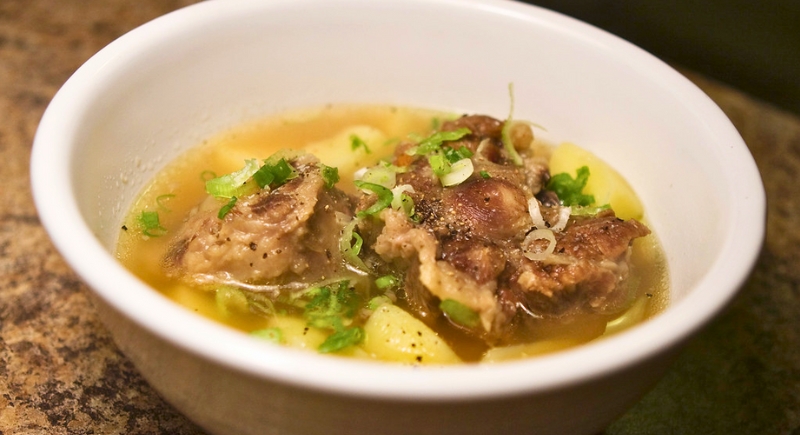
Credit: flickr
This was made by simmering oxtails with vegetables until the meat practically slid off the bone. It was packed with gelatin and nutrition and thus a favorite during long winters or when nothing else was in the fridge.
Creamed Peas and Potatoes
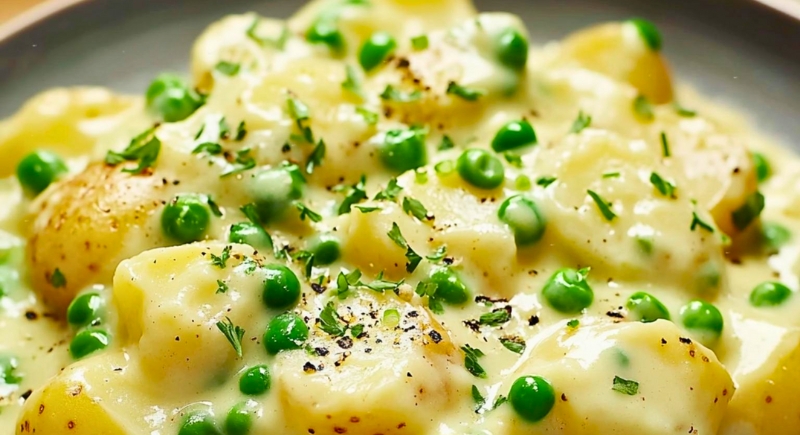
Credit: Facebook
This Midwestern comfort classic gave the creamy treatment to freshly dug potatoes and garden peas. Some added onions or ham, while others kept it bare bones. It faded from dinner tables as tastes changed, but it was a beloved sign that summer vegetables had finally arrived for farm families and rural towns.
Bologna Bake
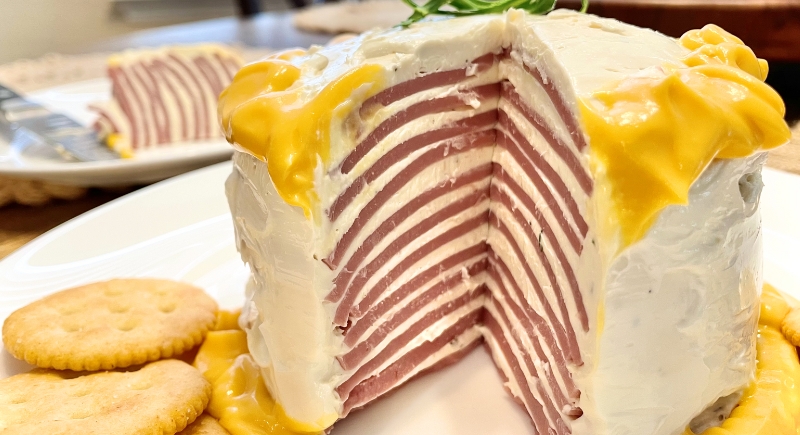
Credit: Wikimedia Commons
Bologna slices were layered with mashed potatoes, cheese, or tomato sauce and then baked until bubbly. Creative home cooks came up with dozens of variations with some even stacking it like lasagna. Most people can't imagine baking bologna now, but it once had a permanent spot in postwar kitchens.


